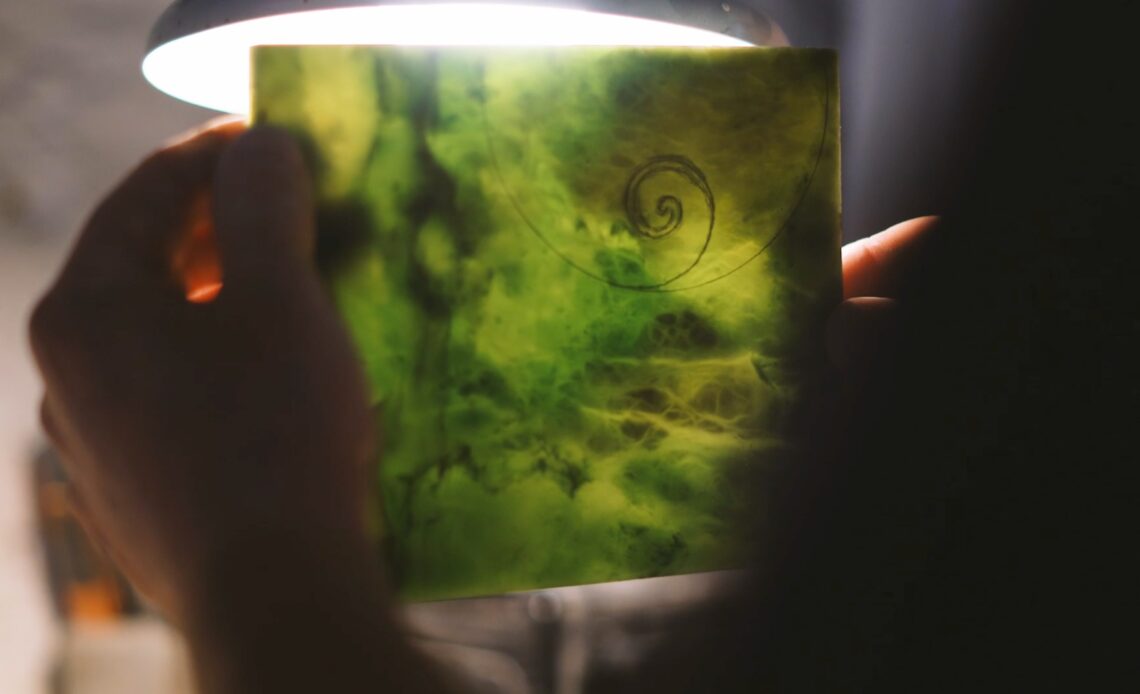As soon as you arrive in New Zealand, you’ll notice the greenstone (pounamu in Māori) pendants, often attached to a leather necklace, around the necks of many locals and tourists.
They’re among the most popular souvenirs for sale here, and it’s almost de rigueur for visitors to buy one as soon as possible and wear it proudly as they travel around the country. But look more closely and you’ll also soon discover that not all pounamu is the same.
As a teenager, my father (a New Zealander himself) gave me a pounamu hei-tiki as a gift after he’d been back home. I hate to admit it, but I never even really thought what it meant, I just knew it was an iconic Māori design. I loved the way it felt in my hands and I wore it on a leather necklace for years – including in my first adult passport photo.
Later I found out the tiki is a fertility symbol, so when the time came to try to get pregnant I wore it once more. Oh and, yes it worked!
So here’s the lowdown on what to consider when buying your own pounamu souvenir, from certificates of authenticity to the significance of the main four designs you’ll see, so that you can purchase a quintessential New Zealand gift with as much mana (power) as possible.
Is there a difference between greenstone, jade and pounamu?
Greenstone, also known as jade, is a semiprecious gemstone ranging in color from cloudy light green to a deep emerald hue. (Two distinct minerals are sold as “jade” – jadeite and nephrite. They have similar physical properties, but nephrite is the more common – and therefore less valuable – of the two).
A very durable material, greenstone can be carved into a variety of objects, from weapons and tools to ornamental jewelry. And in multiple cultures, it’s believed to have healing powers.
The greenstone found in New Zealand, pounamu, comes specifically from the west coast of the South Island, the land of the Ngāi Tahu iwi (community). In 1997, the NZ government returned the ownership and guardianship rights (kaitiaki in Māori) for New Zealand’s pounamu to the Te Rūnanga o Ngāi Tahu (the elected tribal council of the Ngāi Tahu people).
This means the Ngāi Tahu iwi are responsible for sustainably managing pounamu in New Zealand, as well as ensuring that…
Click Here to Read the Full Original Article at Stories – Lonely Planet…
